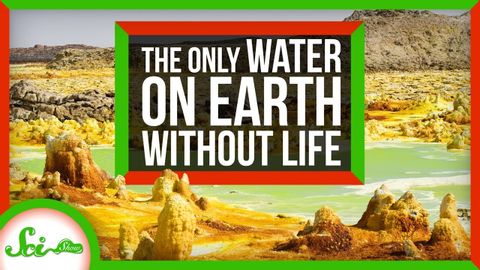地球上唯一沒有生命的水 (The Only Water on Earth Without Life)
 沒有此條件下的單字
沒有此條件下的單字US /ˈɛpɪˌsod/
・
UK /'epɪsəʊd/
- n.插曲;集;(電視或廣播節目的)一集;事件;一段時期;(疾病的)發作
US /ɪk'strimlɪ/
・
UK /ɪkˈstri:mli/
- adv.極端地 ; 非常地;非常;從極端的角度來看
- n. (c./u.)當地居民;本地人;土著的,本地的
- adj.與生俱來的
US /ɪkˈstrim/
・
UK /ɪk'stri:m/
- adj.極端的;盡頭的;極端的;極端的
- n.最大程度的努力;極限;極端手段

